Gasometers are, like factory chimneys, bridges, mines and steam trains, part of the UK’s valuable industrial heritage. Some would argue that with their airy structures silhouetted against the sky, they are also very beautiful.
Unfortunately many gasometers have been demolished and others are under threat. This is true in my own Borough of Haringey in London where a couple of beautiful gasometers are threatened with demolition.
However, the Viennese have come up with an original architectural design which has turned these lacelike spaces into apartments with on site cinemas, gardens and shops.
Personally, I love the gasometers in their original form, and would love to keep them just as they are - but if demolition cannot be avoided then surely the Viennese model could be considered?


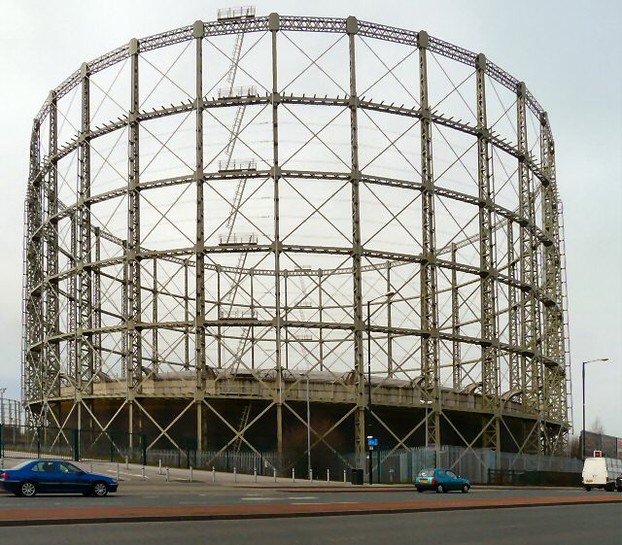
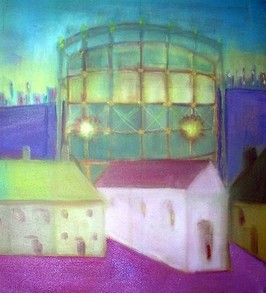
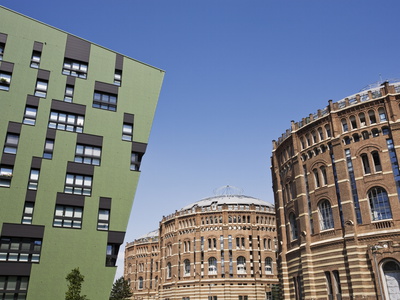
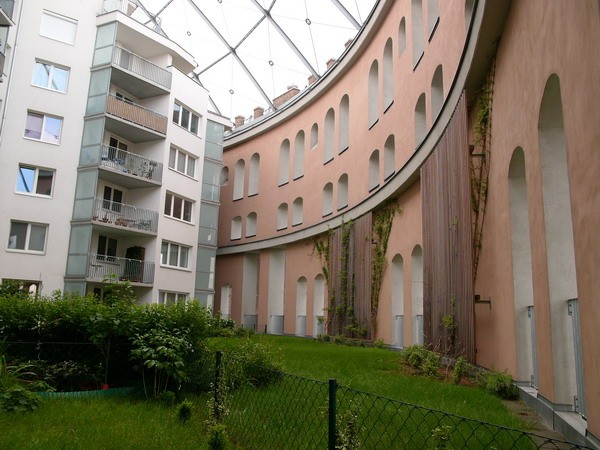
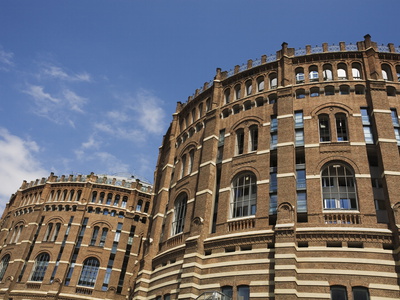
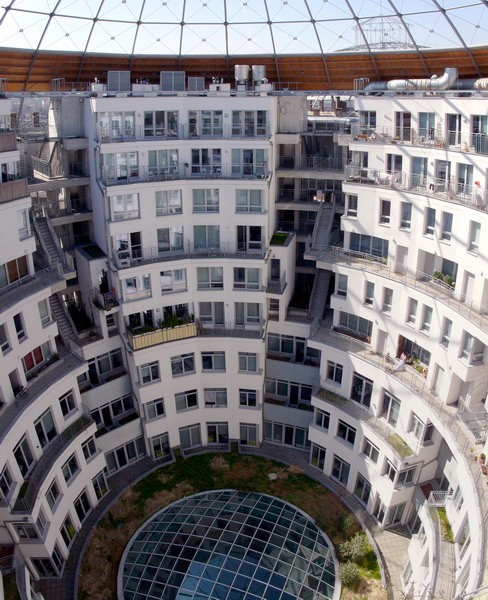




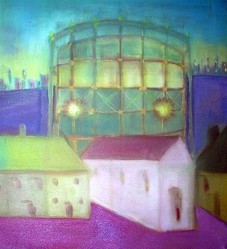

 How to Choose a Walking Cane or Stickon 08/01/2014
How to Choose a Walking Cane or Stickon 08/01/2014
 Michael Miller Fabulous Fabric Swatches for Quilting, Crafts etcon 07/02/2014
Michael Miller Fabulous Fabric Swatches for Quilting, Crafts etcon 07/02/2014
 The Drama of Life in the Rock Poolon 06/08/2014
The Drama of Life in the Rock Poolon 06/08/2014
 The Flâneur - Symbol of Modernity in 19th Century Parison 05/09/2014
The Flâneur - Symbol of Modernity in 19th Century Parison 05/09/2014

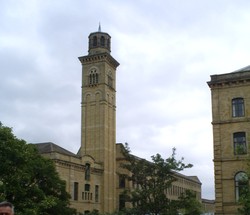
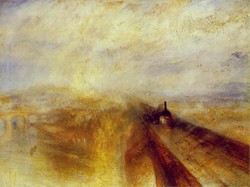
Comments
Hi VioletteRose - I agree! :)
They look great!
Ologsinquito - thank you for that! I appreciate it. You are right, they do have beauty.:)
I can see why these are nostalgic structures. There is a certain beauty to them. I'm pinning this to My See the World board.
Thank you for your comment - when you are up close to them they are awe-inspiring. I think what the Viennese have done is marvellous as they have created a whole community from these gasometers. :)
I think if the gasometers could be recycled into new homes or malls keeping the architecture intact, they will serve their purpose. I think I understand why you love these huge structures.